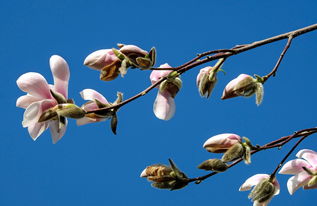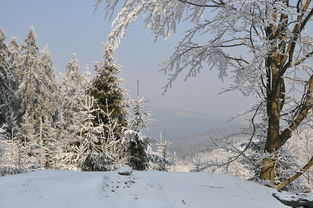与美食有关英语手抄报
Food and literature have a fascinating relationship that has been explored by writers and scholars for centuries. From sumptuous feasts in classic novels to mouthwatering descriptions of dishes in modern literature, the intersection of gastronomy and writing offers a rich tapestry of cultural, social, and historical insights. In this handout, we will delve into the connections between food and literature, exploring how writers use culinary themes to convey meaning and evoke sensory experiences.
1. Culinary Motifs in Literature
Literature often uses food and meals to convey symbolism, reflect societal norms, and reveal characters' personalities. For example, in "Like Water for Chocolate" by Laura Esquivel, the protagonist's emotions are infused into the food she prepares, causing everyone who eats it to experience her joy or sorrow. Similarly, the Harry Potter series by J.K. Rowling features the magical world of Honeydukes and the sumptuous banquets at Hogwarts, using food to convey a sense of wonder and comfort.
2. Memoirs and Cookbooks
Food memoirs and cookbooks have gained popularity in recent years, offering narratives that revolve around food experiences and recipes. Writers like Ruth Reichl and Anthony Bourdain have seamlessly combined storytelling with culinary expertise, transporting readers to the heart of their gastronomic adventures. These works provide a unique blend of personal anecdotes, cultural insights, and flavorful recipes.
3. Cultural and Historical Significance
Food is deeply intertwined with cultural and historical contexts, and literature provides a means to explore this connection. Whether it's the depiction of elaborate feasts in medieval fiction or the exploration of immigrant cuisine in contemporary novels, literature serves as a gateway to understanding the social, economic, and geographical influences on food traditions.
4. The Art of Descriptive Writing
Authors often employ vivid and sensory language to describe food and cooking processes, allowing readers to vicariously taste, smell, and savor the culinary delights within the pages. Through meticulous descriptions of flavors, textures, and aromas, writers create an immersive experience that stimulates the reader's imagination and appetite.
5. Recommended Readings
For those interested in delving further into the fusion of food and literature, the following works are highly recommended:
- "Kitchen Confidential" by Anthony Bourdain
- "Like Water for Chocolate" by Laura Esquivel
- "Tender at the Bone" by Ruth Reichl
- "Chocolat" by Joanne Harris
- "A Feast of Ice and Fire: The Official Game of Thrones Companion Cookbook" by Chelsea MonroeCassel and Sariann Lehrer

6. Conclusion
Food and literature converge to offer a multisensory journey that satisfies not only the palate but also the literary appetite. Through the lenses of narrative, culture, and descriptive prose, the culinary world within literature invites readers to savor the rich flavors of storytelling and nourish their understanding of the human experience.
Happy reading and bon appétit!
版权声明
本文仅代表作者观点,不代表百度立场。
本文系作者授权百度百家发表,未经许可,不得转载。











